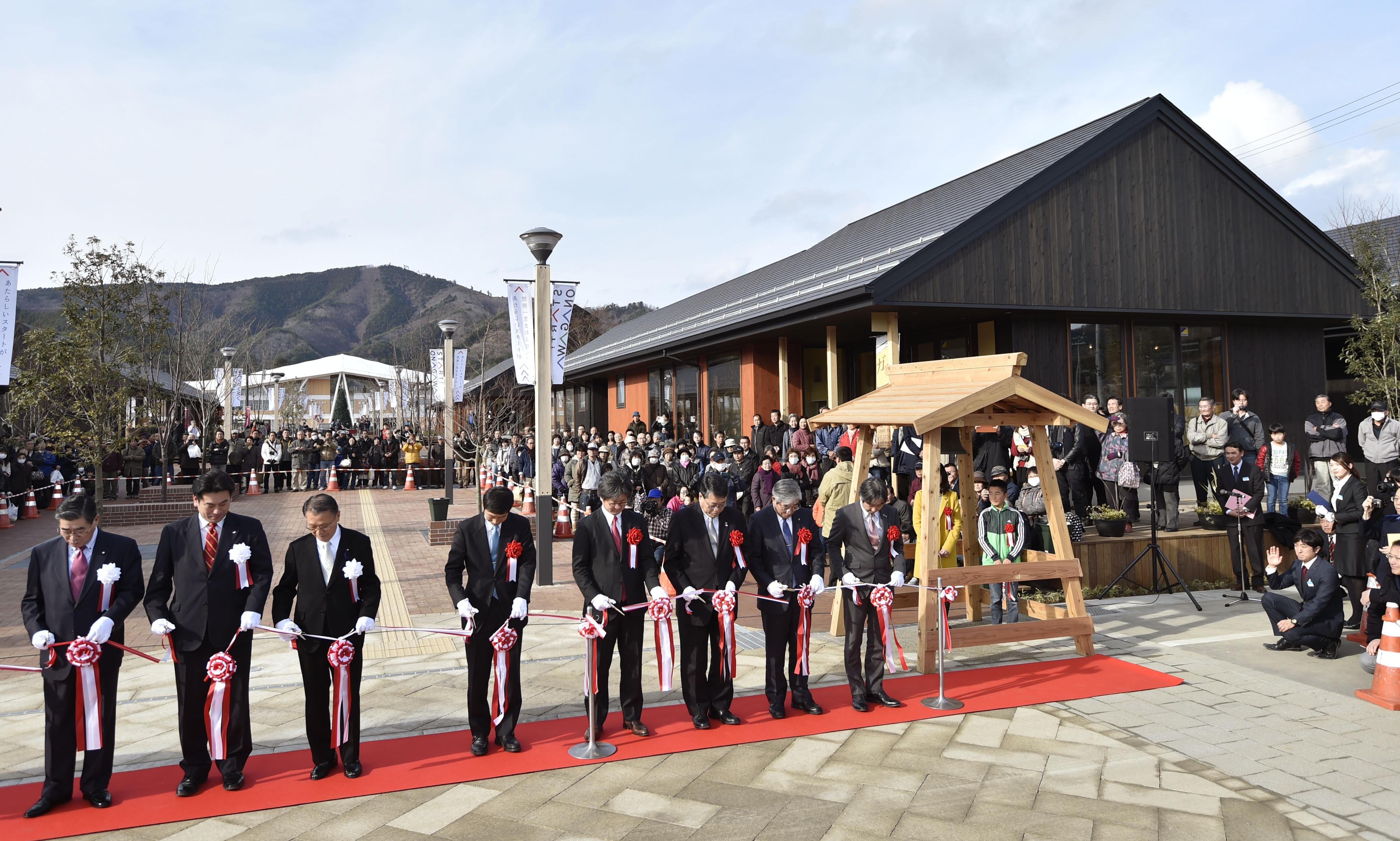On March 11, 2011, the magnitude-9 Great East Japan Earthquake propelled a powerful tsunami through the port of Onagawa, Miyagi Prefecture, claiming 827 lives — nearly 10 percent of the town's population — and destroying 70 percent of all of its buildings. It was the most severely damaged town in the Tohoku region. The horrifying video of this cataclysm depicts how the port's fish processing factories, offices, entire houses, cars, ships and trucks were uprooted and pushed inland through a low-lying area tucked between sea and mountain that served as a funnel for a sledgehammer of debris. It battered everything in its path, toppling four-story buildings as it carved a swath of destruction.
Arriving there on April 1, 2011, I saw massive mounds of rubble and debris scattered across what used to be a community. Onagawa had been pulverized and the unmistakable stench of death was in the air as disaster search-and-rescue teams, one from India on that day, poked through the wreckage in search of bodies.
I spoke with the parking lot attendant at the Onagawa Medical Center, perched on a reinforced embankment 15 meters above the port, and he told me how the waters rose even higher and engulfed the first floor of the hospital. Peering toward the skeletal ruins of buildings below, I saw several cars dangling from fourth-story roofs, one of which the attendant said was his car that had been parked where we were standing.



